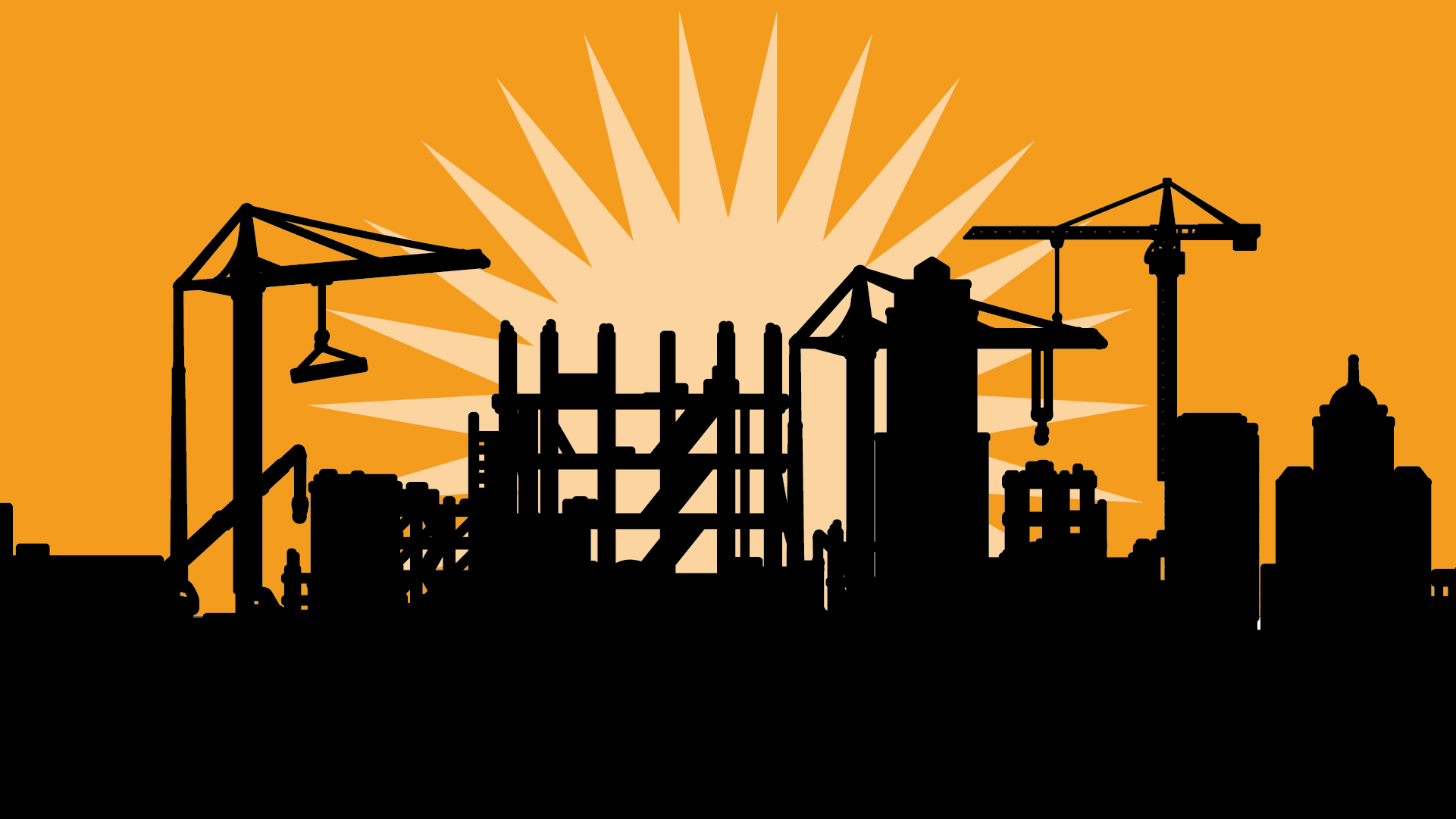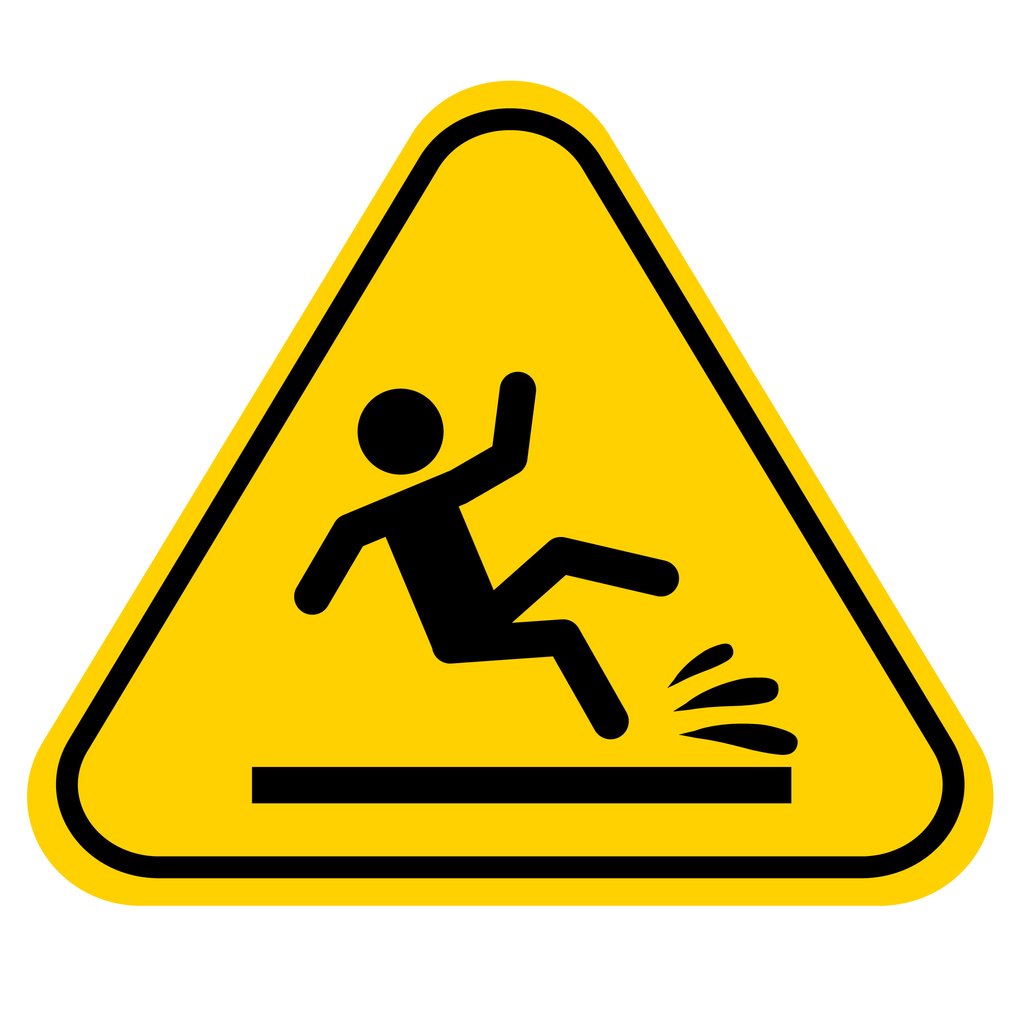
Toolbox Talks
Toolbox Talks safety briefings are an easy and efficient way to keep construction employees safe.
New Toolbox Talks Portal
🛠️
New Toolbox Talks Portal 🛠️
We’ve launched a NEW Toolbox Talks portal where you can access over 125 safety briefings that have been updated since 2023!
As development continues on the new portal, we will continue to host the older versions of the talks on this page as an archive.
What are Toolbox Talks?
These brief meetings offer an opportunity for team members to learn about potential hazards and preventive measures, as well as a chance for the employer to review safety regulations. They are a great way to ensure that everyone is aware of the safety protocols that must be adhered to in order to prevent accidents and injuries on the job site.
Each toolbox talk has been reviewed and approved by a subject matter expert at L&I DOSH.
Search Toolbox Talks
Type a search term in the search box below to view English toolbox talks that match your search query. Or, use the category dropdown to view related talks.
Funding and support for the Toolbox Talks project and mobile apps has been provided by the State of Washington, Department of Labor & Industries, Safety & Health Investment Project.
Anchorage Selection
Date Posted: 05/31/2024
WAC 296-880-095 defines anchorage as “A secure point of attachment for lifelines, lanyards, or deceleration devices….” Insufficient anchorage strength and inappropriate anchorage connection are two common mistakes with fall protection equipment. While anchorage connectors are essential tools for keeping workers safe while working at height, they are only effective if selected and used correctly.
Connecting Devices
Date Posted: 05/30/2024
According to WAC 296-880-095, a connecting device or connector is “a device which is used to connect parts of the personal fall arrest system and positioning device systems together. It may be an independent component of the system, such as a carabiner, or it may be an integral component of part of the system (such as a buckle or D-ring sewn into a harness, or a snap hook spliced or sewn to a lanyard or self-retracting lanyard).
Supported Scaffolding
Date Posted: 05/30/2024
According to the United States Bureau of Labor Statistics (BLS), scaffold-related accidents result in roughly 60 deaths and 4,500 injuries yearly throughout the country. Falls from scaffolds account for approximately 25% of fatal falls from all working surfaces. In the BLS study, 72% of workers injured in scaffold accidents attributed the accident to the planking or support giving way or the employee slipping or being struck by a falling object. All of these can be controlled by compliance with regulatory standards.
Step Ladder Safety
Date Posted: 05/29/2024
According to the According to Washington Administrative Code (WAC) 296-876-099 , “A self-supporting portable ladder, nonadjustable in length, with flat steps and hinged at the top. The size is designated by the overall length of the ladder measured along the front edge of the side rails.” A stepladder is a handy, simple tool, but if you do not choose the right one for the job or it is not maintained properly, you have an increased risk of injury.
Roof Work and Warning Lines
Date Posted: 05/29/2024
Roofing work can be dangerous even under the best conditions. High elevations, unprotected roof edges, and steep slopes pose fall risks. Those risks may be increased by other factors, such as wind and wet surfaces, equipment misuse or failure, particularly involving ladders, and unsafe behavior on the part of workers.
Extension Ladder Safety
Date Posted: 05/11/2024
Although one of the most common tools used on a construction site, extension ladders can lead to severe injuries or even fatal incidents if improperly used. Ladders are involved in 20 percent of fall injuries among workers and 81 percent of construction worker fall injuries.
Scissor Lift Safety
Date Posted: 05/11/2024
Scissor lifts are considered self-propelled elevating work platforms that move workers vertically to various locations to perform work. Scissor lifts are different from aerial lifts because the lifting mechanism moves the work platform straight up and down using crossed beams functioning in a scissor-like fashion.
Planning Ahead for Fall Protection
Date Posted: 02/17/2024
According to the Labor and Industries Department of Safety and Health (DOSH), Falls are the number one serious hazard for workers in most industries that can result in injuries or even death and accounted for 17 fatalities from 2017-2022 in Washington State.
Fall Protection Full Body Harness
Date Posted: 02/17/2024
Full-body harnesses are critical elements of adequate fall protection systems. Workers must understand how to wear and use full-body harnesses when operating at height properly. When used correctly on the job, a properly fitted and properly worn full-body harness can help prevent serious injury or death.
Slips, Trips, and Falls
Date Posted: 01/30/2024
According to the Bureau of Labor Statistics (BLS), nearly one-third of reportable injuries and 40% of fatalities in construction result from slips, trips, and falls nationally. These injuries result in 50% more days away from work than other injuries.
Falling Objects
Date Posted: 01/30/2024
Each day, countless workplaces are subjected to the risk of falling objects. According to a recent survey conducted by the Center for Construction and Research and Training (CPWR), in 2022, falling/flying objects accounted for approximately 30% of injuries on construction sites.
Choosing the Best Fall Protection
Date Posted: 01/27/2024
According to the WA Department of Labor and Industries, Falls account for more than 1/3 of all fatalities in Construction in WA State. (36% between 2018-2022 Labor and Industries). In 2020, nationally, there were 351 fatal falls to a lower level out of 1,008 construction fatalities (BLS data). These fatalities are preventable.
Harness Inspection
Date Posted: 04/21/2020
Safety harnesses are a crucial part of equipment. Harnesses keep workers safe from fall related injuries, which are the number one cause of jobsite accidents. Keeping your equipment inspected and in working order is the single most important factor for safety. Here are some tips which will help.
SRL Usage
Date Posted: 04/21/2020
SRL or Self-retracting lanyard/lifelines are extremely important devices for workers in elevated workspaces where mobility and fall protection are required. SRL fall arrest system can save lives but can also be dangerous when not used properly. Here are some tips which will help.
Aerial Lift Safety
Date Posted: 05/31/2024
According to OSHA, an aerial lift is any vehicle-mounted device used to elevate personnel, including: Extendable boom platforms, Aerial ladders, Articulating (jointed) boom platforms, Vertical towers, Any combination of the above.
Avoiding Falls From Vehicles
Date Posted: 09/24/2016
Every year hundreds of people risk serious injury falling from vehicles. This talk sets out the basic steps you can take to prevent falls while loading and unloading vehicles.
Bucket Trucks
Date Posted: 09/23/2016
According to Occupational Safety and Health Administration (OSHA) statistics, some 30 workers die each year from using aerial lifts.
Cool Roofing
Date Posted: 09/19/2016
All employees working on the roof should be tied off unless additional safety features such as a guardrail have been put into place.
Extension Ladder Safety
Date Posted: 09/15/2016
Ladders are probably the most used and misused piece of access and egress equipment and their usage accounts for a large percentage of accidents. Keep attention to details when working with ladders. Ensure that you choose a ladder that is tall enough for you to safely access your work area or reach your task. The ladder must also be strong enough to support you and your tools, and suitable for your work environment.
Fall Protection
Date Posted: 09/15/2016
Falls are the most frequent cause of fatalities in construction and annually account for one of every three construction-related deaths. Fall protection trigger heights will vary depending on the task being performed. The “trigger height” is the minimum height at which fall protection is required. Know the trigger heights for your work and use fall protection as required.
Download the FREE
Toolbox Talks App!
Discover, discuss, and document over 150 Toolbox Talks! The Toolbox Talks app makes it simple to find safety talks for both construction and marine industries in English, Spanish, and Russian. Find a talk to review, then document your safety briefing with a signature capture form that generates a PDF of the meeting details that you can email or save to your device.
Funding and support for the Toolbox Talks project and mobile apps has been provided by the State of Washington, Department of Labor & Industries, Safety & Health Investment Project.



























